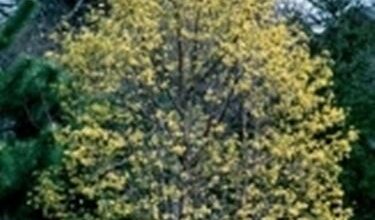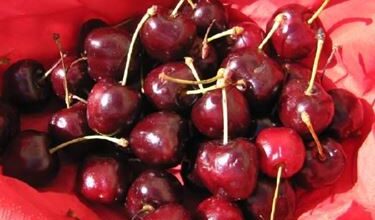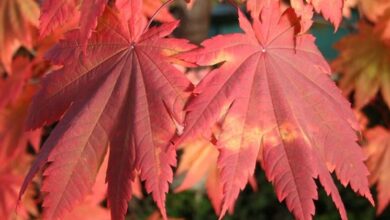Carnivorous plant games
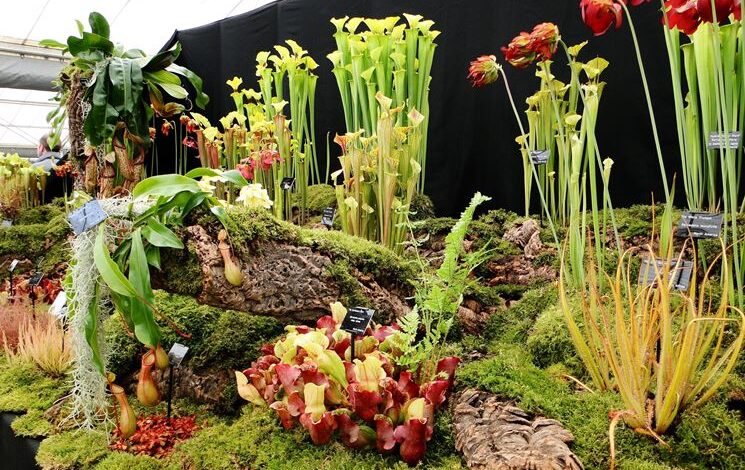
Carnivorous plants
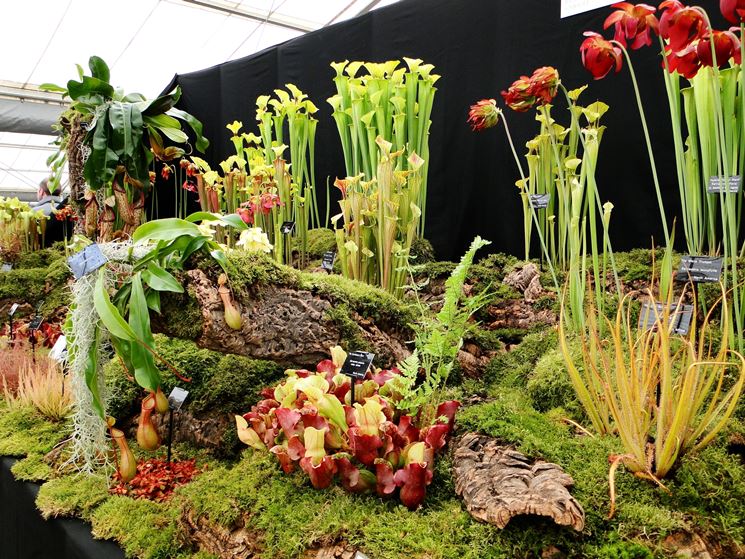
Why adopt a carnivorous plant
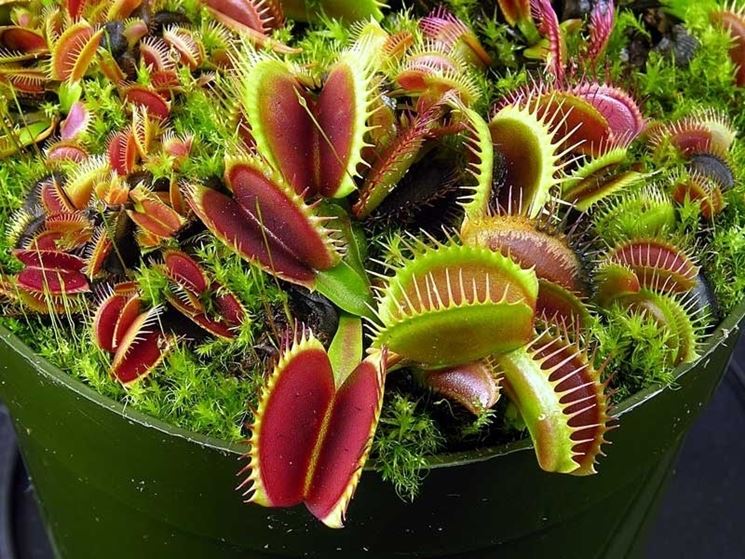
Before analyzing what are the different games of carnivorous plants, which the latter devise to trap insects, let us ask ourselves why we might have the desire to adopt an insectivorous plant, or even more than one, in the home or in the garden. The first aspect is easily understood: carnivorous plants are excellent for freeing the environment from annoying and unwanted insects, such as flies, ants, or mosquitoes, in an absolutely ecological way. There will never be the need to use insecticides or toxic powders: it will be the plants that will make a clean sweep of the insects. Furthermore, the aesthetic aspect must not be neglected: many species of carnivorous plants have unusual, exotic and seductive shapes, certainly very unique and of great visual impact. They therefore also contribute to reviving the garden, as they are often also very colorful. Their care is not excessively demanding: just guarantee them lots of light and lots of water.
Carnivorous plant games
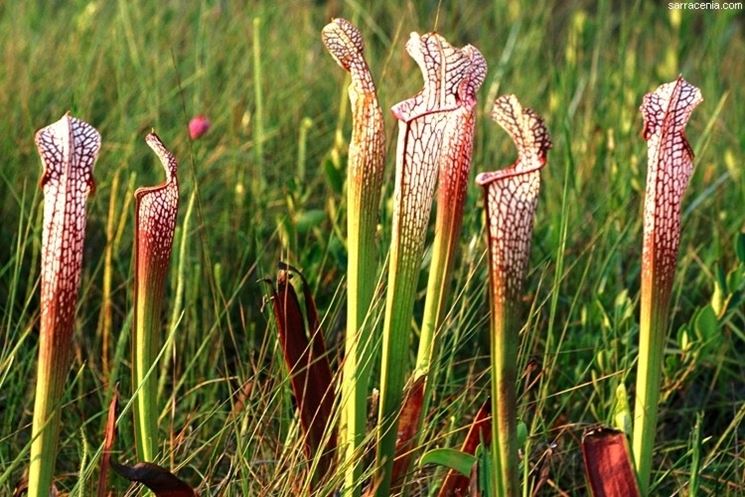
The tricks that insectivorous plants put in place to ensure their meal are truly manifold, as many as there are their species. For example, Dionaea muscipula is one of the best known carnivorous plants: it has flowers that look like gaping jaws, and which are covered with a very fine down. It perceives the touch of an insect, and immediately the two parts of the flower snap, closing like a trap or like a jaw, and trap the insect, which is then slowly digested. Another tactic is adopted by the Sarracenie, which can be up to one meter high and have the shape of a cone. Their sweet scent attracts insects, which settle on the funnel-shaped edge and then slide to the bottom, where a liquid traps and metabolizes them. Sarracenias often grow in very large colonies.


